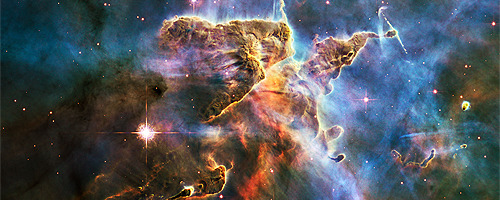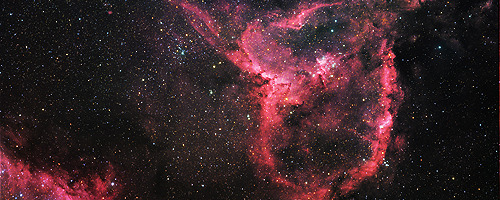Images Taken By The International Space Station
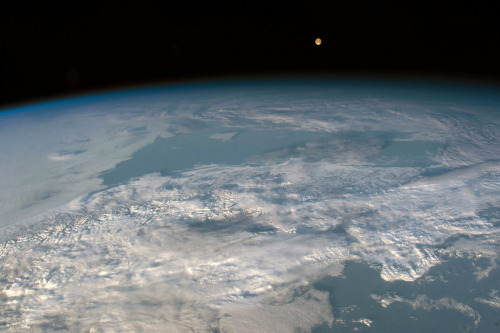
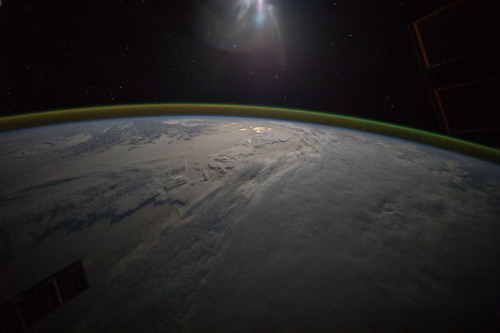
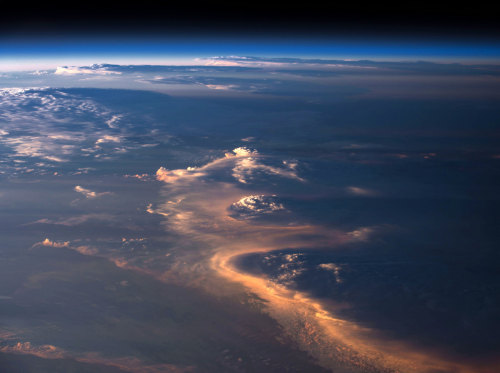
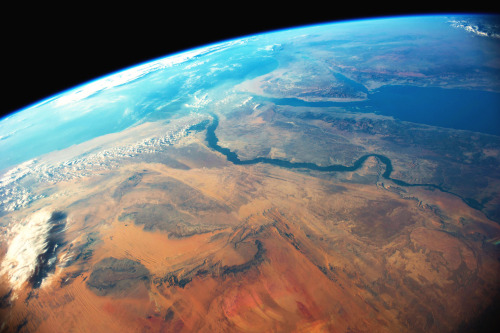
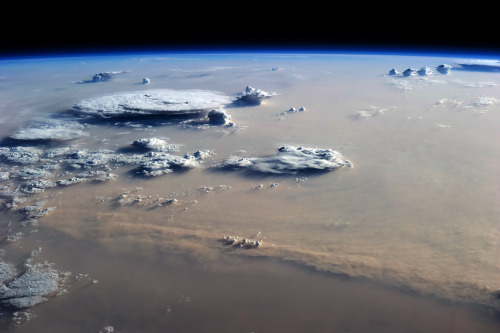
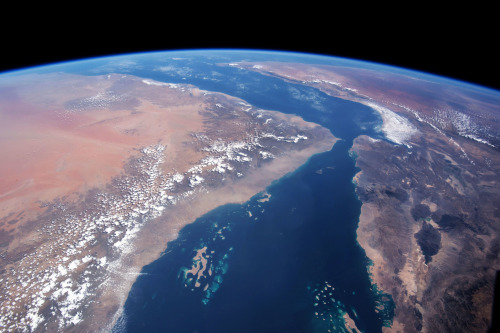
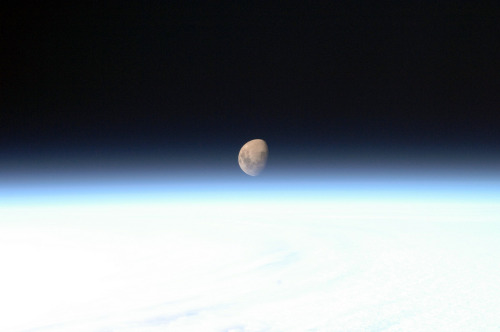
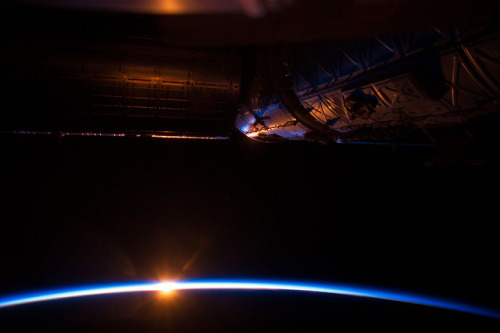
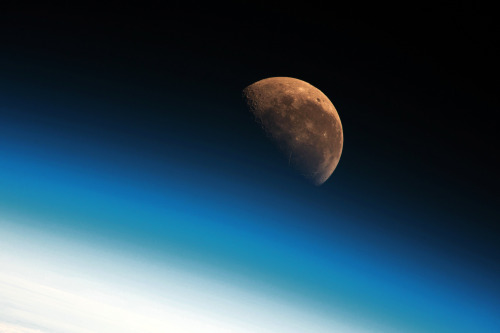
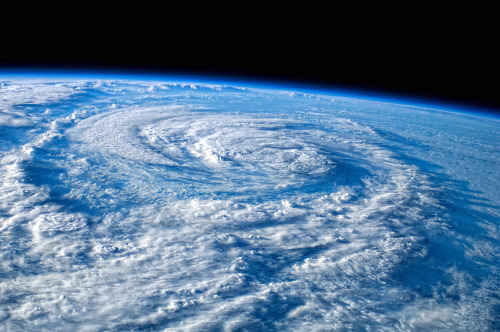
Images taken by the International Space Station
images here
More Posts from Study-astronomy-biology-ref and Others

The Perseid meteor shower over Mt. Hood
Source: https://imgur.com/ssijwh2
Researchers find proteins that might restore damaged sound-detecting cells in the ear
Using genetic tools in mice, researchers at Johns Hopkins Medicine say they have identified a pair of proteins that precisely control when sound-detecting cells, known as hair cells, are born in the mammalian inner ear. The proteins, described in a report published June 12 in eLife, may hold a key to future therapies to restore hearing in people with irreversible deafness.

“Scientists in our field have long been looking for the molecular signals that trigger the formation of the hair cells that sense and transmit sound,” says Angelika Doetzlhofer, Ph.D., associate professor of neuroscience at the Johns Hopkins University School of Medicine. “These hair cells are a major player in hearing loss, and knowing more about how they develop will help us figure out ways to replace hair cells that are damaged.”
Keep reading
Strap in for a Tour of the Milky Way

The night sky isn’t flat. If you traveled deep into this part of the sky at the speed of the radio waves leaving this tower, here are some places you could reach.
Jupiter: Travel time – 35 minutes, 49 seconds.

The closest object in this view is the planet Jupiter, brilliant now in the evening sky…and gorgeous when seen up close by our Juno spacecraft. Distance on the night this picture was taken: 400 million miles (644 million kilometers).
Saturn: Travel time – one hour and 15 minutes.

The next closest is Saturn, another bright “star” in this summer’s sky. On the right, one of the Cassini spacecraft’s last looks. Distance: 843 million miles (1.3 billion kilometers).
Pluto: Light-speed travel time from the radio tower – four hours, 33 minutes.

It’s not visible to the unaided eye, but Pluto is currently found roughly in this direction. Our New Horizons space mission was the first to show us what it looks like. Distance: more than 3 billion miles.
F-type star, HD 1698330: Light-speed travel time from the radio tower – 123 years.

Within this patch of sky, there’s an F-type star called HD 169830. At this speed, it would take you 123 years to get there. We now know it has at least two planets (one of which is imagined here) — just two of more than 4,000 we’ve found…so far.
The Lagoon Nebula: Light-speed travel time from the radio tower – 4,000 years.

If you look closely, you’ll see a fuzzy patch of light and color here. If you look *really* closely, as our Hubble Space Telescope did, you’ll see the Lagoon Nebula, churning with stellar winds from newborn stars.
Black hole, Sagittarius A*: Light-speed travel time from the radio tower – 26,000 years.

In 26,000 years, after passing millions of stars, you could reach the center of our galaxy. Hidden there behind clouds of dust is a massive black hole. It’s hidden, that is, unless you use our Chandra X-ray Observatory which captured the x-ray flare seen here.

The next time you’re under a deep, dark sky, don’t forget to look up…and wonder what else might be out there.
Make sure to follow us on Tumblr for your regular dose of space: http://nasa.tumblr.com.
Science When the Sun Don’t Shine
About once a year, somewhere on Earth, the sun is blocked by the moon. This phenomenon – called a total solar eclipse – is one of the most beautiful natural events.

Blocking the light of the sun during a total solar eclipse reveals the sun’s relatively faint, feathery atmosphere, called the corona. The corona is one of the most interesting parts of the sun. We usually study it using an instrument called a coronagraph, which uses a solid disk to make an artificial eclipse by blocking the sun’s face.

To successfully block all of the sun’s bright light – which can bend around the sharp edges of a coronagraph disk – coronagraphs must block much more than just the face of the sun. So total solar eclipses are a rare chance to study the lower part of the corona, close to the surface of the sun.

We have sent a team of scientists to Indonesia, where they’re preparing for an experiment during the March 8, 2016, eclipse, visible from Southeast Asia.

The scientists are measuring a certain kind of light – called polarized light – scattered by electrons in the lower corona, which will help us understand the temperature and speed of these electrons.

The March 8 eclipse is a preview of the total solar eclipse that will be visible across the US in August 2017.

Remember, you should never look directly at the sun – even if the sun is partly obscured. This also applies during a total eclipse up until the time when the sun is completely and totally blocked. More on safety: http://go.nasa.gov/1L6xpnI
For more eclipse information, check out nasa.gov/eclipse
Make sure to follow us on Tumblr for your regular dose of space: http://nasa.tumblr.com
Want to See the Oldest Surviving Video of a Total Solar Eclipse?
It was done in – wait for it – 1900! The first total solar eclipse to be filmed has recently been restored. The film was done by Nevil Maskelyne, an illusionist turned astronomic videographer for the British Royal Astronomical Society.
This 1900 film is actually Maskelyne’s second attempt at filming a total solar eclipse. His first attempt was in 1898, when he traveled all the way to India to be at the right place to view a predicted total eclipse. Maskelyne got there in time, but sadly, his film was stolen, and the crime remains unsolved and the film unrecovered.

Three galaxies at once
Rising majestically above the telescopes of ESO’s La Silla Observatory in Chile we see the Milky Way accompanied by its two dwarf neighbour galaxies, the Large and Small Magellanic Clouds.
Credit: ESO/A. Santerne

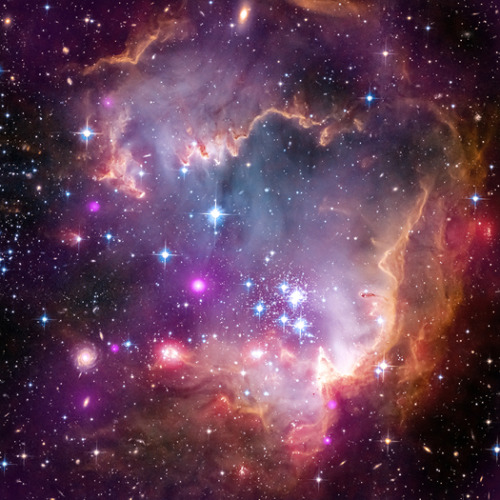




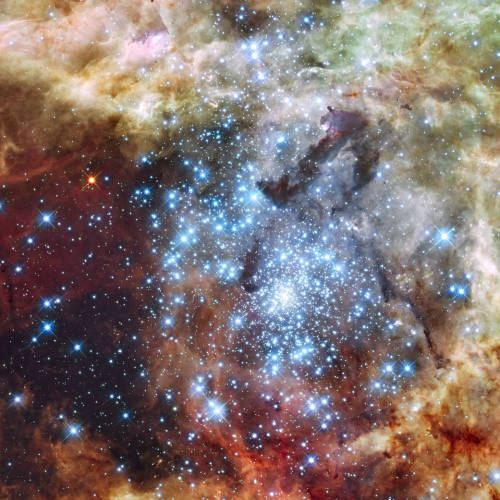
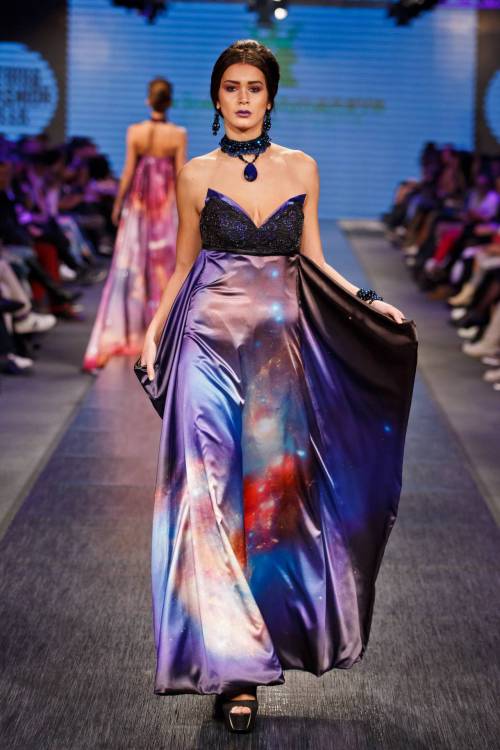
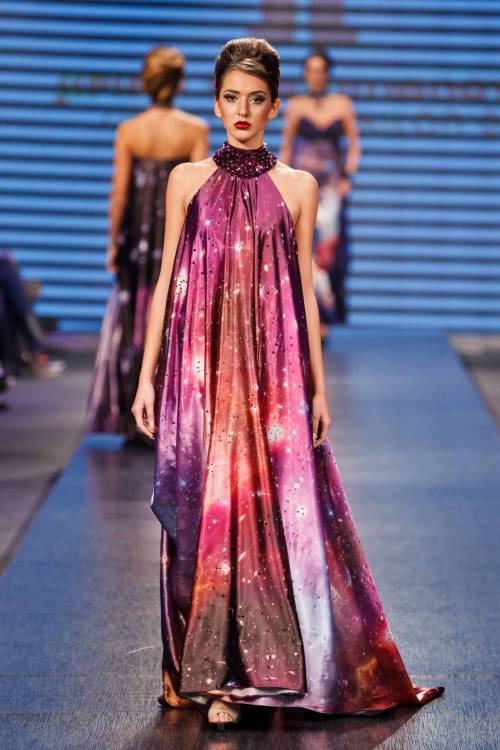

The astro-fashion-loving Internet collectively gasped when ESA’s Hubble twitter account posted three gorgeous gowns, by Czech designer Jirina Tauchmanova with only credit “Photo: Vasek”, which google thinks is a Canadian tennis player. For four long days I couldn’t find anymore images, until, today! Which is why I’m sharing a belated #FashionFriday and #StarrySunday combo.
These gown were shown at Serbia Fashion Week back in December 2015 as Jirina Tauchmanova‘s Spring/Summer 2016 collection – I hope that means they will be available for purchase soon!
I think I recognize at least two of the images, NGC 602 & 30 Doradus, but I’m going to have to see these in person to be sure, yes, definitely, and probably try them on, too.
–Emily
-
 all-these-colors-in-me liked this · 1 month ago
all-these-colors-in-me liked this · 1 month ago -
 bathynomus239 reblogged this · 5 months ago
bathynomus239 reblogged this · 5 months ago -
 bathynomus239 liked this · 5 months ago
bathynomus239 liked this · 5 months ago -
 mays1 liked this · 6 months ago
mays1 liked this · 6 months ago -
 ameliorar liked this · 7 months ago
ameliorar liked this · 7 months ago -
 shinyspyzinebandit liked this · 7 months ago
shinyspyzinebandit liked this · 7 months ago -
 mustum-vindemia liked this · 7 months ago
mustum-vindemia liked this · 7 months ago -
 lazzyyysworld liked this · 8 months ago
lazzyyysworld liked this · 8 months ago -
 msmanipulator liked this · 8 months ago
msmanipulator liked this · 8 months ago -
 jimmyrum reblogged this · 8 months ago
jimmyrum reblogged this · 8 months ago -
 bernesemtndog reblogged this · 8 months ago
bernesemtndog reblogged this · 8 months ago -
 khairnoir liked this · 8 months ago
khairnoir liked this · 8 months ago -
 cwnt reblogged this · 8 months ago
cwnt reblogged this · 8 months ago -
 fragrantwood reblogged this · 8 months ago
fragrantwood reblogged this · 8 months ago -
 mogollero liked this · 8 months ago
mogollero liked this · 8 months ago -
 llynne liked this · 8 months ago
llynne liked this · 8 months ago -
 lnrs liked this · 8 months ago
lnrs liked this · 8 months ago -
 violentcosmos liked this · 8 months ago
violentcosmos liked this · 8 months ago -
 cityrat liked this · 8 months ago
cityrat liked this · 8 months ago -
 jewist reblogged this · 8 months ago
jewist reblogged this · 8 months ago -
 jewist liked this · 8 months ago
jewist liked this · 8 months ago -
 intenseandpurehearted reblogged this · 8 months ago
intenseandpurehearted reblogged this · 8 months ago -
 the-3rd-of-may reblogged this · 8 months ago
the-3rd-of-may reblogged this · 8 months ago -
 the-3rd-of-may liked this · 8 months ago
the-3rd-of-may liked this · 8 months ago -
 lovelenanicole reblogged this · 8 months ago
lovelenanicole reblogged this · 8 months ago -
 lovelenanicole liked this · 8 months ago
lovelenanicole liked this · 8 months ago -
 retalhoserelapsos reblogged this · 8 months ago
retalhoserelapsos reblogged this · 8 months ago -
 retalhoserelapsos liked this · 8 months ago
retalhoserelapsos liked this · 8 months ago -
 memnuniyetsizkedy reblogged this · 8 months ago
memnuniyetsizkedy reblogged this · 8 months ago -
 memnuniyetsizkedy liked this · 8 months ago
memnuniyetsizkedy liked this · 8 months ago -
 wasted-lov-e reblogged this · 8 months ago
wasted-lov-e reblogged this · 8 months ago -
 encadenadoalanima liked this · 10 months ago
encadenadoalanima liked this · 10 months ago -
 itssedon reblogged this · 10 months ago
itssedon reblogged this · 10 months ago -
 the--assthetic liked this · 10 months ago
the--assthetic liked this · 10 months ago -
 no--alarms reblogged this · 10 months ago
no--alarms reblogged this · 10 months ago -
 no--alarms liked this · 10 months ago
no--alarms liked this · 10 months ago -
 soulmarepacifica liked this · 10 months ago
soulmarepacifica liked this · 10 months ago -
 rufiiioo liked this · 10 months ago
rufiiioo liked this · 10 months ago -
 elle-mood liked this · 11 months ago
elle-mood liked this · 11 months ago -
 devastateddreaming reblogged this · 11 months ago
devastateddreaming reblogged this · 11 months ago -
 vogliofarelastronauta reblogged this · 11 months ago
vogliofarelastronauta reblogged this · 11 months ago -
 vogliofarelastronauta liked this · 11 months ago
vogliofarelastronauta liked this · 11 months ago -
 a05 reblogged this · 11 months ago
a05 reblogged this · 11 months ago

This is a studyblr for everyone have some passion for science, especially astronomy and biology
129 posts
